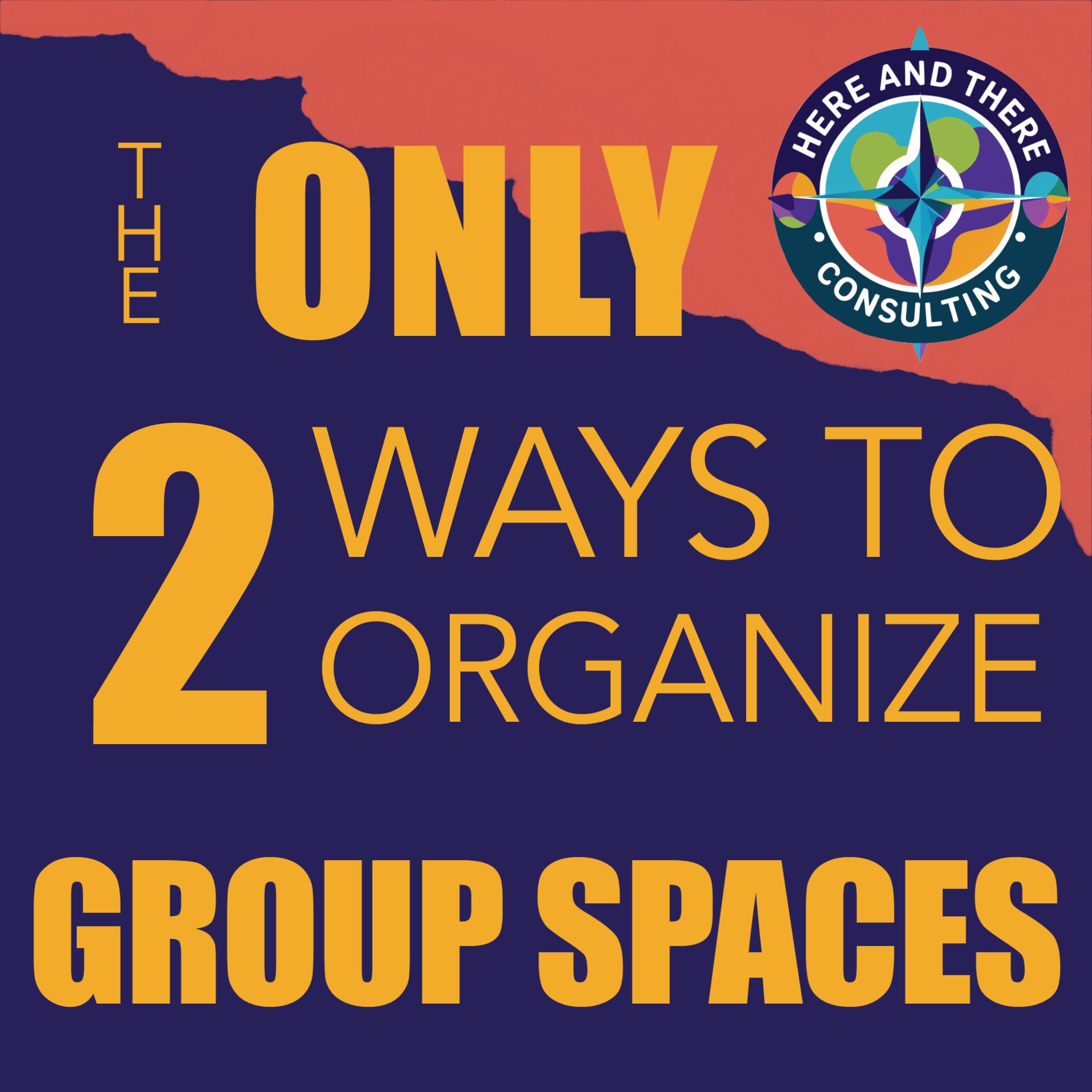
I’m not talking about organizing stuff, I’m talking about the process of getting others accustomed to organization.
When you, a professional organizer,–or maybe not a professional; it’s still good advice–are organizing a shared space, there are some important things to think about.
Now, this is assuming several things:
- You are a professional organizer, seeking to give good advice to your residential or commercial clients.
- The person who has enlisted your help, has the right and authority to organize this space. (Or these persons–it happens!)
- You have received feedback from the person who uses the items in the physical space the most.
- The client understands that good organization decreases expenses by decreasing man-hours (labor of looking for the right item) and therefore saves money (or time, which is even more valuable to a residential customer)
We set the scene:
You, a professional organizer, have noticed that your client is hesitating to pull the trigger and actually start the work–and your client is most worried at how the other employees or household members are going to handle it.
There are only two ways to handle this:
1. Cold-Turkey
Do all the organizing at once.
In a really bad space, this is totally fine, because once all the excess stuff is removed, and the remaining stuff is labelled, everyone is simply delighted by the improvement, and the sudden new ability to be able to find stuff.
In a less chaotic, or semi-organized space, this may cause a little bit of conflict in a shared space–but, like ripping off a band-aid (a plaster, some would call it), doing it all at once instead of little-by-little, can shorten the suffering. (AKA, the learning curve for the new organization.)
2. Boiled-Frog
I hate that I used the boiled frog example, it’s a horrible analogy, but I couldn’t resist the dichotomy of a cold-turkey and boiled frog.
(For those of you not from the US, there’s a very old analogy about how if you try to throw a frog into hot water, it’ll jump out, but if you turn up the temperature slowly, it’ll slowly boil to death. It’s not accurate; frogs carefully regulate their temperatures and will immediately notice when they are too hot. However, it is a well-known idiom meaning that a slow change can escape notice.)
Regardless, the goal is to make small, consistent changes that will gradually and easily implement themselves into a fully-realized system, but it’s a multi-step process.
Step 1: Label A Micro-Organized Space
The best way to do this, is to start with micro-organized bins, label them, leave them in a place where they already are.
For example: in an office, you may put together a box, and label it “Pens”, or in a kitchen a bin with “Granola Bars,” or in a manufacturing space, you may have a tool-drawer that you label “Sockets.”
Step 2: Label a Shelf, or Zone
So, you’ve labelled a number of micro-organized things: bins, boxes, drawers. Now, we are going to be *slightly* more macro-organized.
Group several of your micro-organized “bins” (could be drawers, boxes, etc,) together in a “zone.”
For example:
- Label a pantry shelf “Snacks” and move all the snack-items there
- Label an office bin or shelf “Writing Utensils” and put all the markers, pens, and pencils together
- Label a tool chest or pegboard “Wrenches and Screw-Drivers” and make sure the whole zone is those things
Depending on the size of the space, and the complexity of the items, this could take a while.
imo, all at once is better.
If you can, a quick organization is usually the better choice.
- It shortens the period of frustration and surprises for the people in the space
- It benefits everyone more quickly
Reasons why a fast reorganization may not be the right choice for your client:
- The client may be busy and not have more than an hour or two per day to work with you in the space/answer questions
- The client may only be able to handle so many questions (most clients max out at 4 hours fyi, less if there’s a lot of decision-making)
- Maybe they have a physical condition, and can only sustain X amount of hours
- Maybe they are a big decision-maker and so they hit their maximum decision-making energy earlier rather than later (decision fatigue is a real thing!)
- Maybe they are dealing with a lot of emotions regarding the items being sorted, and that drains their mental energy
- They can only afford so much of your time per week/month and want to maximize their value by doing what they can on their own
At the end of the day, choose what is right for your client. They will be more satisfied in the long run, and appreciate that you took the time to deeply understand their needs.
TIPS
- Warn the people affected that there will be change. (EXCEPT FOR THAT ONE PERSON, IYKYK.)
- COMMUNICATION IS KEY. Label well.
- COMMUNICATION IS KEY. Make sure everyone knows when a big change has been made.
- Give a tour of the reorganized space, when it’s done. The people who will use the space, will automatically pay attention to the items they use the most.
Leave a Reply